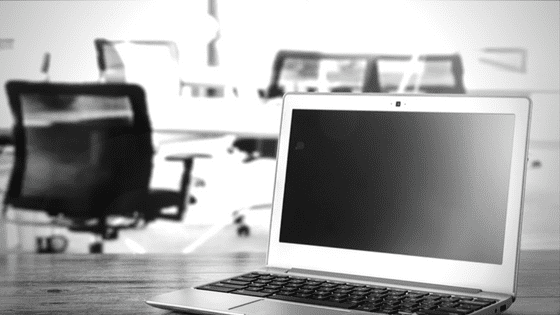Office meetings are a must-have way of bringing the team together and communicating efficiently for some managers and a necessary evil for others. Most of the managers in the latter category complain that internal meetings take a lot of time and that they never manage to cover all critical topics on the agenda.

The reason for these issues is lack of efficiency in planning meetings, holding them and then following up so that all loose ends are tied and every team member is 100% on board with the decisions taken. Planning an efficient meeting is an art, both in time management and in communication. Most managers are astute when it comes to each of these skills separately. However, once the entire team is sitting down at the same table, they tend to allow lack of order and precision in communicating efficiently take over, and thus, time flies and many important issues are left out of the discussion.
There are a few specific, actionable steps which will help you become a better planner of your internal meetings and increase their efficiency. Here they are:
1. Decide Whether You Really Need to Hold a Meeting
The main reason why meetings are inefficient is that no meeting was actually necessary for covering the respective topics. When you simply need to inform your team of a decision which is not subject to debates and voting, an internal memo by email is sufficient. The same goes for presenting a report of any kind, which does not contain aspects which require explanations and assuming accountability for the results.
2. Inspect the Agenda and Purge It of Unnecessary Items
When an office meeting is announced, you will be flooded with proposed topics by your team. Some of these are legitimate issues which warrant discussion in a meeting. Others can be solved by the HR, legal and marketing departments.
It is important to create a logical and well-structured agenda. Otherwise, everyone in attendance will feel that they can digress and bring more sub-topics under discussions and the meeting will go on for hours.
3. Make Sure the Necessary Equipment Is Properly Installed before the Meeting
If the meeting will include slide presentations, you need to inform the IT department ahead of time, allowing them to install and test the functionality of the equipment you need (projector, wireless internet connection, etc.). A lot of time is lost during meetings with last-minute fixes and waiting for the IT equipment to be properly installed.
4. Start on Time
If you want your meetings to fit in the allotted time slot on your daily planner, then make sure that you begin it at the exact specified time. Punctuality is the key to successful and efficient meetings. If you do not impose a culture of punctuality, you will see that, week by week, month by month, it takes increasingly longer time for everyone to gather in the meeting room.
5. Have a Standing Meeting
When people sit down, with a cup of coffee or glass of water in front of them, they are tempted to prolong meetings as much as possible and enjoy the break from work. If, instead, everyone is standing up and discussing around a whiteboard or projector image on a screen, they will do their best to be efficient and succinct in making their presentation and getting to the point.





















